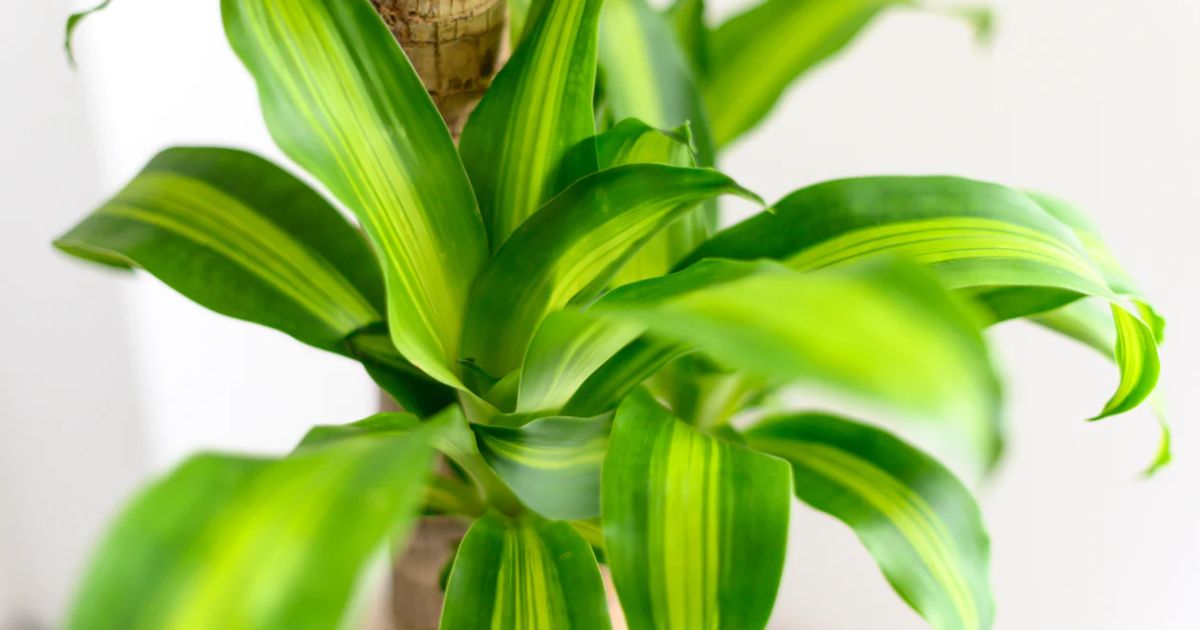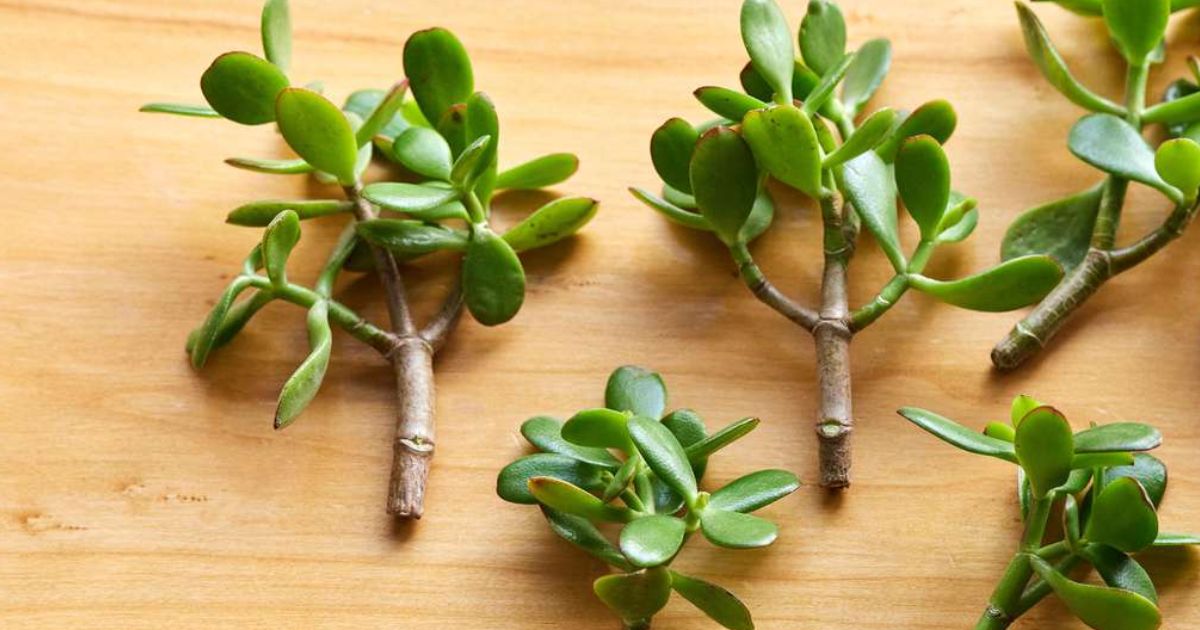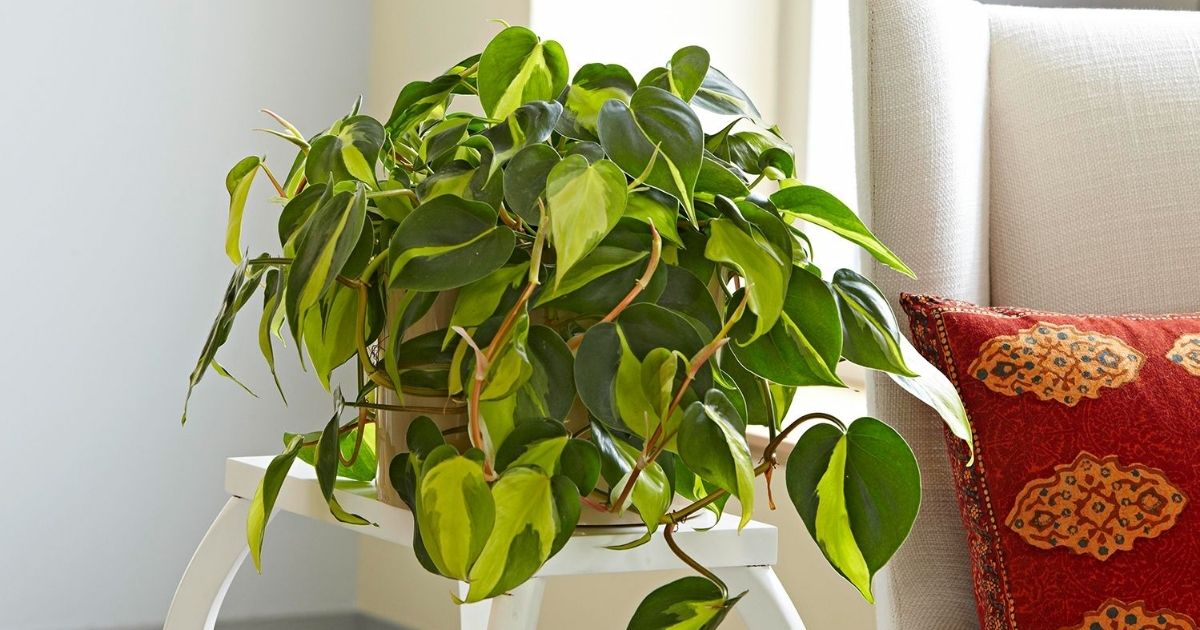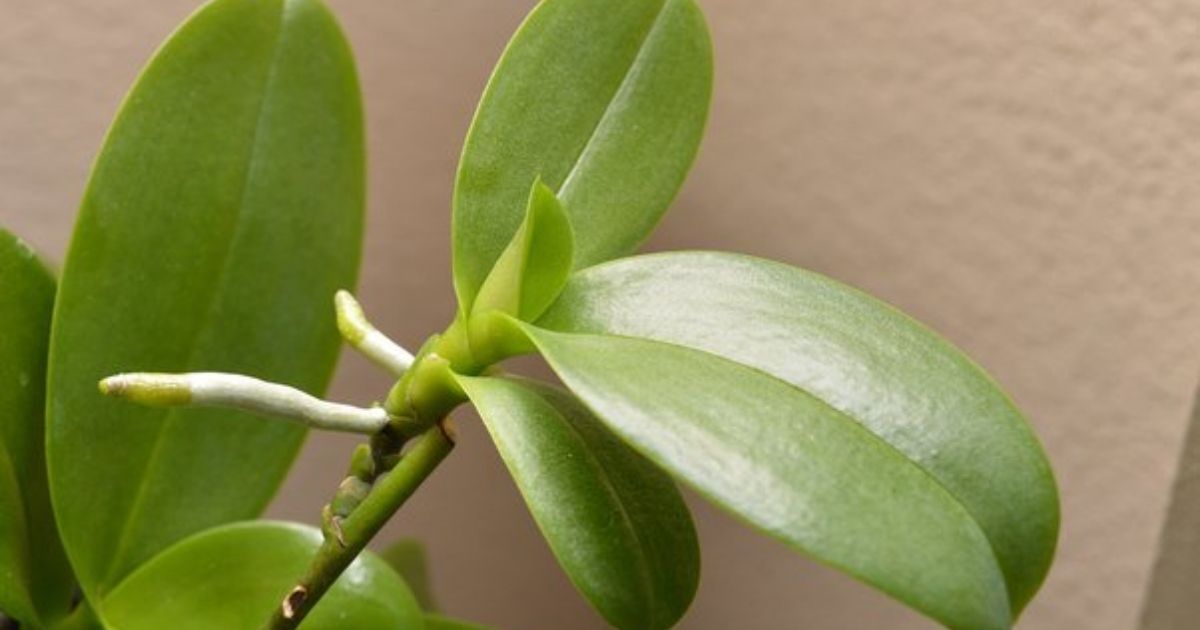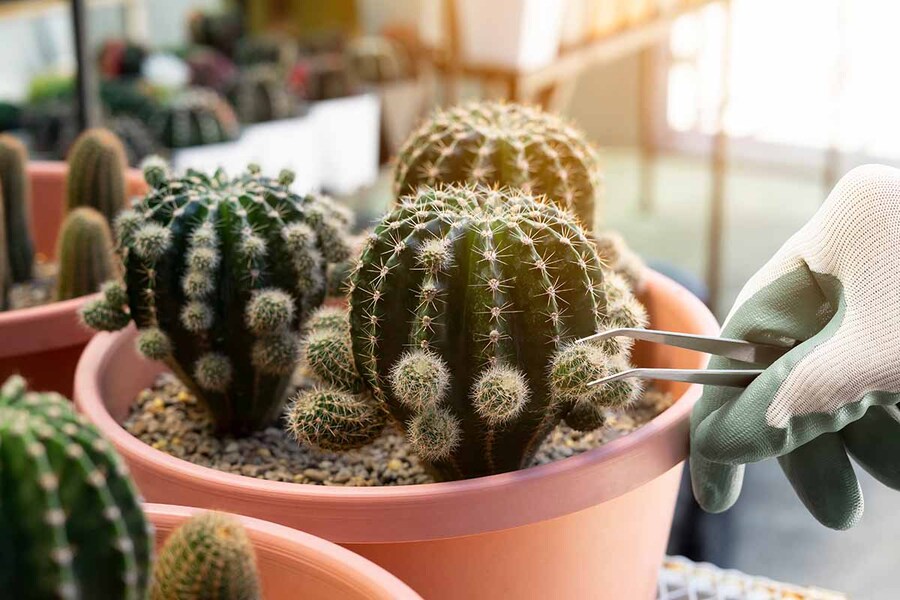8 Best Hydroponic Herbs To Grow (Beginner's List)
Hydroponics is an innovative gardening technique that lets you cultivate countless plants without soil, including herbs and green leafy vegetables. This approach enables herbs to produce more aromatic oils, making them appealing to industrial growers. If you want to start, try the best hydroponic herbs on our list, and the results will surprise you.
Table of Contents
Benefits of Growing Herbs Hydroponically
Which plants are best for hydroponics? Many people would say herbs. There are countless benefits of growing herbs hydroponically:
- Affordability and Accessibility: Hydroponic systems are typically about $300 to $1000, with an average of $650. They are a cost-effective and convenient way to grow herbs indoors.
- Ease of Use: From grow lighting to nutrient solutions, these hydroponic kits offer all-in-one solutions that are easy to use, making them suitable for beginners.
- Space Efficiency: Hydroponics helps us utilise space by its ability to develop vertically or in compact setups, perfect for limited gardening space.
- Year-Round Availability: You can enjoy fresh herbs anytime by controlling environmental factors like light and temperature. With suitable conditions, they can thrive even out of season.
- Versatility: This method allows gardeners to grow numerous plants, from herbs like basil and parsley to hydroponic fruit like strawberries. This flexibility will enable you to try different plants in a single setup.
8 Best Hydroponic Herbs To Grow For Beginners
These herbs must satisfy two conditions to grow hydroponically: robust growth and high productivity. See the list below:
- Basil
- Parsley
- Thyme
- Chives
- Mint
- Oregano
- Sage
- Cilantro
1. Basil
Basil thrives in both indoor and outdoor hydroponic environments, regardless of seasonal constraints. Its small size and vertical growth habit allow it to thrive in indoor setups where space may be limited.
This culinary herb is favoured worldwide. It is renowned for its unique aromatic leaves and versatile uses in Italian pesto, Thai curries, Indian cuisine, and more. Its affinity for water makes it an ideal hydroponic plant.

Care Instructions
- Experience level: Beginner friendly
- Light needs: 10-12 hours
- pH level: 5.5-6.5
- EC level: 1.5-2.5
- Temperature: 21-27 degrees Celcius
- Growth Time: 30-60 days
- Suitable hydroponic system: Any type works, but many prefer Deep Water Culture (DWC) and Nutrient Film Technique (NFT).
2. Parsley
Parsley is one of the best hydroponic herbs with a fresh, slightly bitter taste, adding a crisp, fresh flavor to your meals. Growing parsley hydroponically is simple: provide slightly acidic to neutral pH levels and moderate temperatures. Its tiny size suits indoor gardens and typically matures within 2 to 3 months.
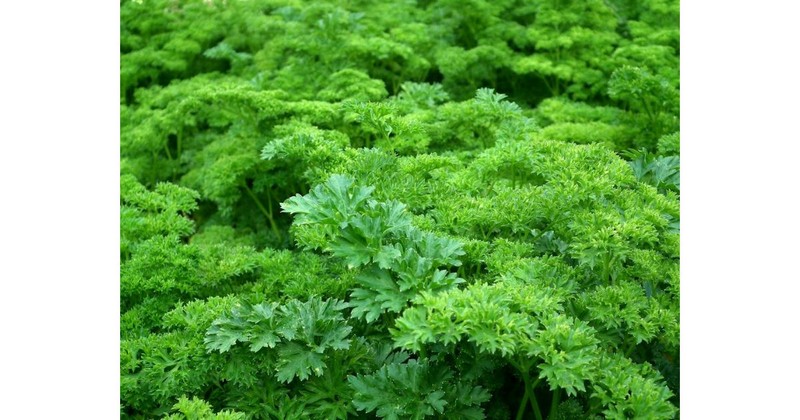
Care Instructions
- Experience level: Beginner friendly
- Light needs: 12-16 hours
- pH level: 5.5-6.8
- EC level: 1.1-1.8
- Temperature: 15-18 degrees Celcius
- Growth Time: 70-90 days
- Suitable hydroponic system: Any type works, but many prefer DWC and NFT.
3. Thyme
Thyme, a fragrant perennial shrub with aromatic leaves, is among the best hydroponic herbs for beginners. Like basil and parsley, thyme is suitable for indoor hydroponic setups.
This herb is compact and adaptable, matures quickly, and is typically ready for harvest in two to a half months. Its subtle, minty flavour enhances various dishes, such as roasts, stews, cheeses, and liqueurs.
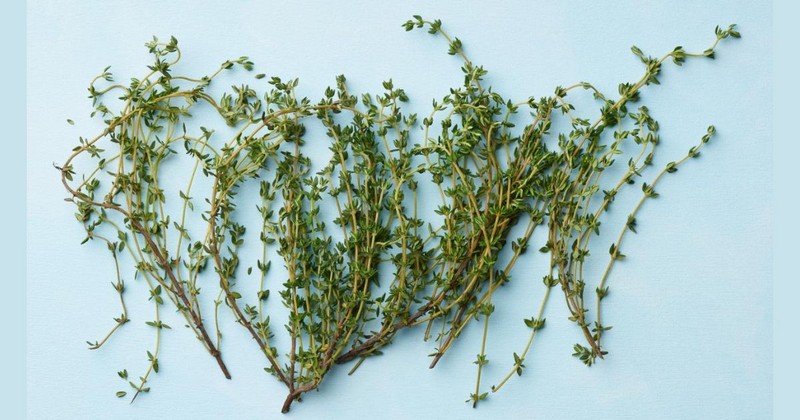
Care Instructions
- Experience level: Beginner friendly
- Light needs: 8-10 hours
- pH level: 5.5-7.0
- EC level: 1.0-1.5
- Temperature: 10-21 degrees Celcius
- Growth time: 60 to 80 days
- Suitable hydroponic system: Any type works, but many prefer DWC and NFT.
4. Chives
The next herb we suggest is chives. It is suitable for indoor hydroponic systems because they have typical features of herbs: compact, adaptable, and have a relatively short growth time (typically 2 to 2 and a half months)
To continuously harvest chives, you can use the staggered growing method: Planting new plants every few weeks will maintain a steady yield of fresh chives to serve in your dishes.
This herb has a mild onion-like taste and is commonly used as a garnish or to add a slight flavour to soups, salads, baked potatoes, etc.
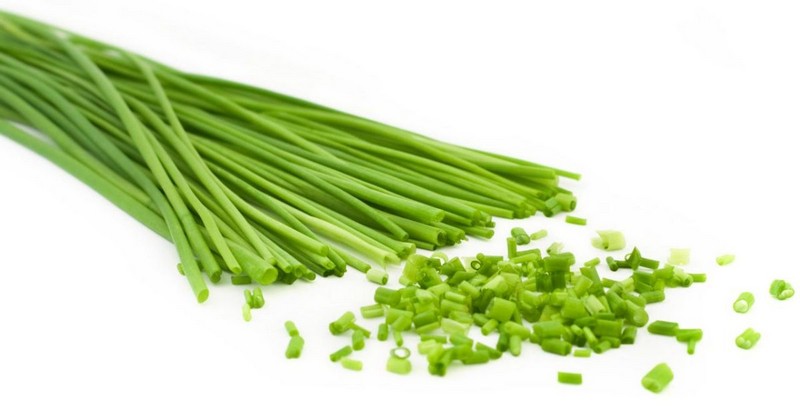
Care Instructions
- Experience level: Beginner friendly
- Light needs: 10-12 hours
- pH level: 6.0-7.5
- EC level: 1.1-1.8
- Temperature: 18-24 degrees Celcius
- Growth time: 60-75 days
- Suitable hydroponic system: Similar to thyme.
5. Mint
Mint is renowned for its refreshing aroma and taste.
What makes mint one of the best hydroponic herbs is its year-round growth ability, ensuring a consistent supply of fresh flavour. Even in limited space, it can thrive without compromising taste or aroma. To support the growth of these excellent hydroponic plants, maintain neutral pH levels and moderate temperatures.

Care Instructions
- Experience level: Beginner friendly
- Light needs: 10-12 hours
- pH level: 6.0-7.5
- EC level: 1.5-2.4
- Temperature: 13-21 degrees Celcius
- Growth time: 60 to 90 days
- Suitable hydroponic system: Any type works.
6. Oregano
Oregano stands out for its impressively short growth period. Typically, you can have it ready for harvest in only 3 to 4 weeks. That means you can enjoy this flavorful herb year-round, anytime you want.
This herb's adaptability to various pH levels and temperatures makes it suitable for both beginners and skilled gardeners. Besides, it is most used in Italian and Mediterranean cuisine, and has a robust, earthy flavour.
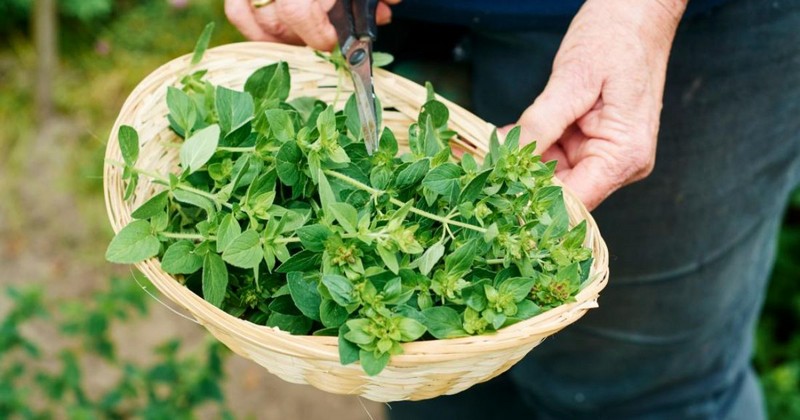
Care Instructions
- Experience level: Beginner friendly
- Light needs: 6-8 hours
- pH level: 6.0-8.0
- EC level: 1.5-3.5
- Temperature: 13-26 degrees Celcius
- Growth time: 20 to 25 days
- Suitable hydroponic system: Any type works, but many prefer DWC and NFT.
7. Sage
Sage, with its soft, fragrant leaves, is next on this list.
This herb requires only modest light, so it can be grown in indoor hydroponic systems with limited illumination. However, many might worry that sage plants are larger and bushier than herbs. Yet, you can still manage them effectively in indoor hydroponic setups.
Sage generally has a more extended growth period, typically two and a half to three months. Although hydroponically growing this herb requires more time and attention than others, its rewarding taste will make your effort worthwhile.

Care Instructions
- Experience level: Intermediate
- Light needs: 6-8 hours
- pH level: 5.5-6.5
- EC level: 1.8-2.3
- Temperature: 15-21 degrees Celcius
- Growth Time: 75-85 days
- Suitable hydroponic system: Any type works, but many prefer Deep Water Culture (DWC) and Nutrient Film Technique (NFT).
8. Cilantro
The final herb on this list is Cilantro, also known as coriander. This versatile herb requires intermediate experience levels to start. That means you should put more time and effort into having a cilantro garden. Despite being slightly more demanding than some herbs like basil or parsley, cilantro remains an excellent option for hydroponics.
Cilantro prefers slightly cool temperatures and ample light. Once it thrives, you can enjoy the convenience of harvesting fresh cilantro whenever you want.

Care Instructions
- Experience level: Intermediate
- Light needs: 12-16 hours
- pH level: 6.5-7.5
- EC level: 1.2-2.0
- Temperature: 10-30 degrees Celcius
- Growth Time: 60-75 days
- Suitable hydroponic system: Any type works, but many prefer Deep Water Culture (DWC) and Nutrient Film Technique (NFT).
See more: How To Grow Hydroponic Plants in 5 Methods - Expert Guide For Beginners
Final Thoughts
With the best hydrophobic herbs mentioned above, gardening is no longer a long and challenging experience. It's time to get to work and enjoy fresh herbs all year round. Finally, follow us for more helpful instructions about gardening!
Frequently Asked Questions
What is the most profitable plant to grow hydroponically?
The most profitable plant to grow hydroponically is leafy greens like lettuce. They have the lowest operating costs, with one square foot of lettuce costing only $20 to maintain. Besides, hydroponically grown leafy greens and microgreens have the highest profit margins, up to 40%.
Can all herbs grow hydroponically?
Technically, most herbs can grow hydroponically. However, certain herbs need specific conditions or adjustments to thrive in a hydroponic system.
